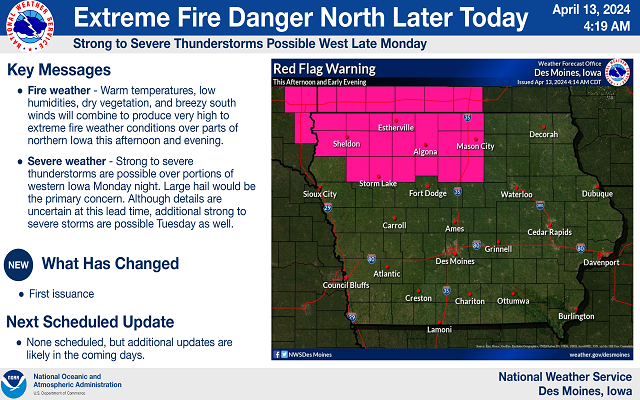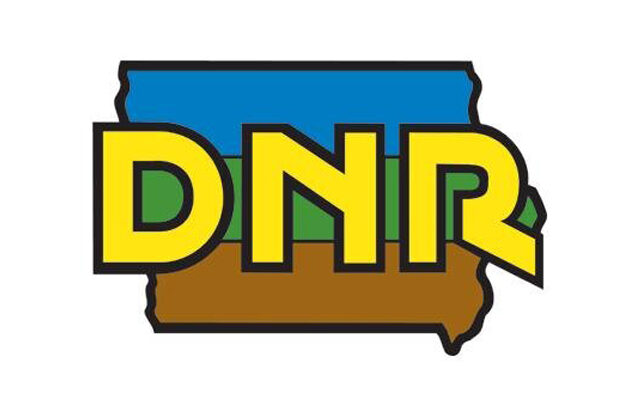Hunters asked to give samples for CWD tests as deer season opens

DES MOINES — The first shotgun deer season opens Saturday in Iowa and the Iowa Department of Natural Resources is again asking hunters for samples to test for Chronic Wasting Disease. CWD was first confirmed in wild deer in Allamakee County in 2013 and has since been found in Clayton, Dubuque and Wayne counties — with a recent test in Woodbury County that is believed to be positive.
The DNR’s Tyler Harms says they want samples from around the state and also have some targeted areas. “We have areas of increased monitoring — areas that we deem as a higher risk of the disease. And most of the time those areas are where we have detected positive deer in the wild,” Harms says.
He says they also take some more samples in counties that border states with CWD including those in northeast Iowa that border Wisconsin. “There’ve been deer that tested positive in Minnesota. IN western Iowa we’ve had deer testing positive in Nebraska. So, just to be safe we do increase our monitoring efforts in those areas in response to those risks,” he says.
Harms is a biometrician who studies the numbers and trends that impact the deer population. He says testing tissue samples during the deer season is just one way they try to keep track of CWD . “The challenging thing with chronic wasting disease is that it takes a very long time for the disease to progress — both in an individual deer — it takes about two years for a deer to start showing clinical symptoms of the disease,” according to Harms. ” But it also takes a very long time for the disease to progress in a population”
CWD is always fatal to deer — but Harms says the slow development means there’s not an instant impact on deer numbers. “In Wisconsin for example — the Midwest state that’s had it the longest, they’ve had it since 2001 — they’re just now starting to see some population impacts in their deer impact in that state….So because of that long progression of the disease it does take a significant amount of time for us to start seeing a spread, depending on lots of factors,” Harms says.
He says Iowa’s CWD concerns in the live deer population to this point haven’t raised any major alarms.. “So far we’ve I’d say been on the low end of the spread relative to some other states. That again kind of emphasizes the importance of our monitoring efforts — we want to make sure that we are doing the best that we can in tracking this disease in Iowa so we can respond accordingly,” he says.
Harms says hunters have done a good job of helping provide samples. “Our hunters are a critical partner in our monitoring efforts for this disease. And we’ve had nothing but great cooperation with our hunters,” Harms says. “At our public meetings hunters have been very supportive of our efforts.”
He says hunters understand it’s a combined effort. “We’re wanting to do what’s best for the deer population so that it’s what’s best for the deer population for hunters,” Harms explains. “They’re concerned about this just like we are, and so we’ve had great cooperation.” The Iowa DNR has a new on-line system where hunters who provide samples for chronic wasting disease testing can check on the test results themselves. Go to www.iowadnr.gov/hunting and click on the CWD reporting system link on the right. You can enter either your hunter identification number or the nine digit registration number on the deer tag. Results should be available in two to three weeks. Hunters who are awaiting the testing results are encouraged to keep that deer separate from others and hold off on processing in the event that it tests positive.



